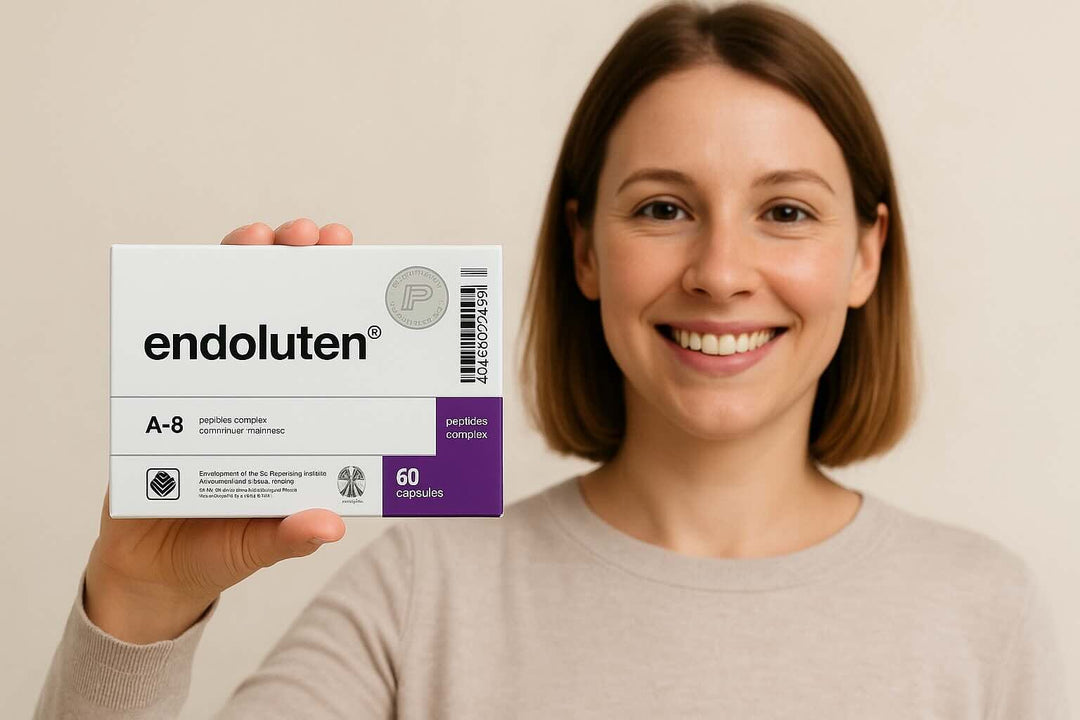What are Germs?
Our bodies are pretty amazing. Day after day, they work hard — digesting food, pumping blood and oxygen, sending signals from our brains and much more.
But there is a group of tiny invaders that can make our bodies sick — they're called germs.
Some kids may think that germs are bugs or cooties or other gross stuff. Actually, germs are tiny organisms, or living things, that can cause disease. Germs are so small and sneaky that they creep into our bodies without being noticed. In fact, germs are so tiny that you need to use a microscope to see them. When they get in our bodies, we don't know what hit us until we have symptoms that say we've been attacked!
What Types of Germs Are There?
Germs are found all over the world, in all kinds of places. The four major types of germs are bacteria, viruses, fungi, and protozoa. They can invade plants, animals, and people, and sometimes they can make us sick.
Bacteria (say: BAK-teer-ee-uh) are tiny, one-celled creatures that get nutrients from their environments in order to live. In some cases that environment is a human body. Bacteria can reproduce outside of the body or within the body as they cause infections. Some infections that bacteria can cause include ear infections, sore throats (tonsillitis or strep throat), cavities, and pneumonia (say: new-MO-nyuh).
But not all bacteria are bad. Some bacteria are good for our bodies — they help keep things in balance. Good bacteria live in our intestines and help us use the nutrients in the food we eat and make waste from what's left over. We couldn't make the most of a healthy meal without these important helper germs! Some bacteria are also used by scientists in labs to produce medicines and vaccines (say: VAK-seens).
Viruses (say: VY-rus-iz) need to be inside living cells to grow and reproduce. Most viruses can't survive very long if they're not inside a living thing like a plant, animal, or person. Whatever a virus lives in is called its host. When viruses get inside people's bodies, they can spread and make people sick. Viruses cause chickenpox, measles, flu, and many other diseases. Because some viruses can live for a short time on something like a doorknob or countertop, be sure to wash your hands regularly!
Fungi (say: FUN-guy) are multi-celled (made of many cells), plant-like organisms. Unlike other plants, fungi cannot make their own food from soil, water, and air. Instead, fungi get their nutrition from plants, people, and animals. They love to live in damp, warm places, and many fungi are not dangerous in healthy people. An example of something caused by fungi is athlete's foot, that itchy rash that teens and adults sometimes get between their toes.
Protozoa (say: pro-toh-ZOH-uh) are one-cell organisms that love moisture and often spread diseases through water. Some protozoa cause intestinal infections that lead to diarrhea, nausea, and belly pain.
What Do Germs Do?
Once germs invade our bodies, they snuggle in for a long stay. They gobble up nutrients and energy, and can produce toxins (say: TOK-sinz), which are proteins that act like poisons. Those toxins can cause symptoms of common infections, like fevers, sniffles, rashes, coughing, vomiting, and diarrhea.
How do doctors figure out what germs are doing? They take a closer look. By looking at samples of blood, pee, and other fluids under a microscope or sending these samples to a laboratory for more tests, doctors can tell which germs are living in your body and how they are making you sick.
Here are some simple tips to help keep respiratory infections and many other contagious diseases from spreading, especially during the cough, cold and "flu" season.
About respiratory infections
Respiratory infections affect the nose, throat and lungs; they include influenza (the "flu"), colds and pertussis (whooping cough). The germs (viruses and bacteria) that cause these infections are spread from person to person in droplets from the nose, throat and lungs of someone who is sick.
You can help stop the spread of these germs by practicing "respiratory etiquette," or good health manners.
Keep your germs to yourself:
- Cover your nose and mouth with a tissue when sneezing, coughing or blowing your nose.
- Discard used tissues in the trash as soon as you can.
- Always wash your hands after sneezing, blowing your nose, or coughing, or after touching used tissues or handkerchiefs.
- Use warm water and soap to wash your hands. If you don’t have soap and water, use alcohol-base hand gel or disposable wipes.
- Try to stay home if you have a cough and fever.
- See your doctor as soon as you can if you have a cough and fever, and follow their instructions. Take medicine as prescribed and get lots of rest.
- If asked, use face masks provided in your doctor’s office or clinic’s waiting room. Follow office or clinic staff instructions to help stop the spread of germs.
Keep the germs away:
- Wash your hands before eating, or touching your eyes, nose or mouth.
- Wash your hands after touching anyone who is sneezing, coughing or blowing their nose.
- Don’t share things like towels, lipstick, toys, or anything else that might be contaminated with respiratory germs.
- Don’t share food, utensils or beverage containers with others.
I Whack Germs
Try this fun way of remembering the most important steps to staying well.
| I | Immunizations are important to protect you from diseases |
| W | Wash your hands often with soap and water. |
| H | Home is where you stay when you are sick. |
| A | Avoid touching your eyes, nose, and mouth –especially when you are sick. |
| C | Cover your coughs and sneezes so you do not spread germs to others. |
| K | Keep your distance from sick people so you don’t get sick too. |





